Learn How to Detect An AI Images
November 20, 2023

It’s getting harder and harder to believe your eyes. Here’s how you can figure out whether an AI or a human created what you’re seeing .
Let your content be dynamic ...
You can no longer believe your own eyes, even when it seems clear that the pope is sporting a new puffer. AI images have quickly evolved from laughably bizarre to frighteningly believable, and there are big consequences to not being able to tell authentically created images from those generated by artificial intelligence.
AI tools to create images—those images you can conjure in your mind but not necessarily execute through traditional media such as photography and painting—are easily accessible and either free or low-cost. OpenAI’s Dall-E 2, Stable DIffusion, Midjourney, and Craiyon create credible-looking images that can fool at first glance, and likely even second and third ones.?
These text-to-image generators work in a matter of seconds, but the damage they can do is lasting, from political propaganda to deepfake porn. AI is getting better and better at being undetectable. The industry is working on watermarking and other solutions to identify AI-generated images, though these do not include anything that would be visible to the human eye. But there are steps you can take to evaluate images and increase the likelihood that you won’t be fooled by a robot.
The methods set out here are not foolproof, but they’ll sharpen your instincts for detecting when AI’s at work.
Flip It and Reverse It
If the image in question is newsworthy, perform a reverse image search to try to determine its source. Even—make that especially—if a photo is circulating on social media, that does not mean it’s legitimate. If you can’t find it on a respected news site and yet it seems groundbreaking, then the chances are strong that it’s manufactured.
Hunt for Artifacts
Because artificial intelligence is piecing together its creations from the original work of others, it can show some inconsistencies close up. When you examine an image for signs of AI, zoom in as much as possible on every part of it. Stray pixels, odd outlines, and misplaced shapes will be easier to see this way.
Taking in the whole of this image of a museum filled with people that we created with DALL-E 2, you see a busy weekend day of culture for the crowd.
But get closer to that crowd and you can see that each individual person is a pastiche of parts of people the AI was trained on.
Smooth Operator
AI doesn’t generally do well with pores or other imperfections. If things seem too perfect to be real in an image, there’s a chance they aren’t real. In a filtered online world, it’s hard to discern, but still this Stable Diffusion-created selfie of a fashion influencer gives itself away with skin that puts Facetune to shame.
Match Game
Getting closer to an image can also reveal inconsistencies: say, earrings that don’t match each other, or more than the usual number of limbs. Programmer Miles Zimmerman went viral for images of a house party that he created with Midjourney. They have an eerie, leering quality more reminiscent of John Currin paintings than of real life. But even more disturbing, the women in the images have too many teeth and fingers.?
One caveat: Midjourney has recently become considerably better at rendering human digits, so sussing out AI may take more than just counting to ten every time you see a pair of hands. Look at details you might normally overlook, such as lighting and reflections.?
Background Information
Often, AI puts its effort into creating the foreground of an image, leaving the background blurry or indistinct. Scan that blurry area to see whether there are any recognizable outlines of signs that don’t seem to contain any text, or topographical features that feel off. AI is a science, not an art—but catching it out is the opposite.
We created the above image of a busy street with DALL-E 2. In the foreground, you can see one big clue that fits the matching principle: The word “TAXI” painted on the street has unevenly spaced lettering. There are lots of clues in the background, too. All the license plates are fuzzed out, and the form of the person walking on the left is indistinct.
Tool Time
Going by the maxim, “It takes one to know one,” AI-driven tools to detect AI would seem to be the way to go. And while there are many of them, they often cannot recognize their own kind. Nevertheless, they can give you something to go on.
AI or Not
You can drag and drop, upload, or place the URL of a suspicious image into AI or Not to receive its verdict. We uploaded a “photo” of a palomino in a field that was created with Stable Diffusion and got a definitive answer: AI.
Hive AI-Generated Content Detection
Hive Moderation, a company that sells AI-directed content-moderation solutions, has an AI detector into which you can upload or drag and drop images. The palomino image got a score of 93.8% likely to be AI-generated.
Hugging Face AI Detector
Hugging Face’s AI Detector lets you upload or drag and drop questionable images. We used the same fake-looking “photo,” and the ruling was 90% human, 10% artificial.
Recent Posts
Have Any Question?
Please contact us directly and let ‘s talk together and begin the journey …
- (+973) 394 - 687 - 31
- support@freespace4media.com
Join Our Newsletter
Get our latest news & useful articles regularly and special offers.
Work Hours
- 9 AM - 10 PM , Saturday - Thursday
Road 827, Salmabad. Kingdom of Bahrain.
Media & Digital Marketing Agency by www.fressspace4media.com
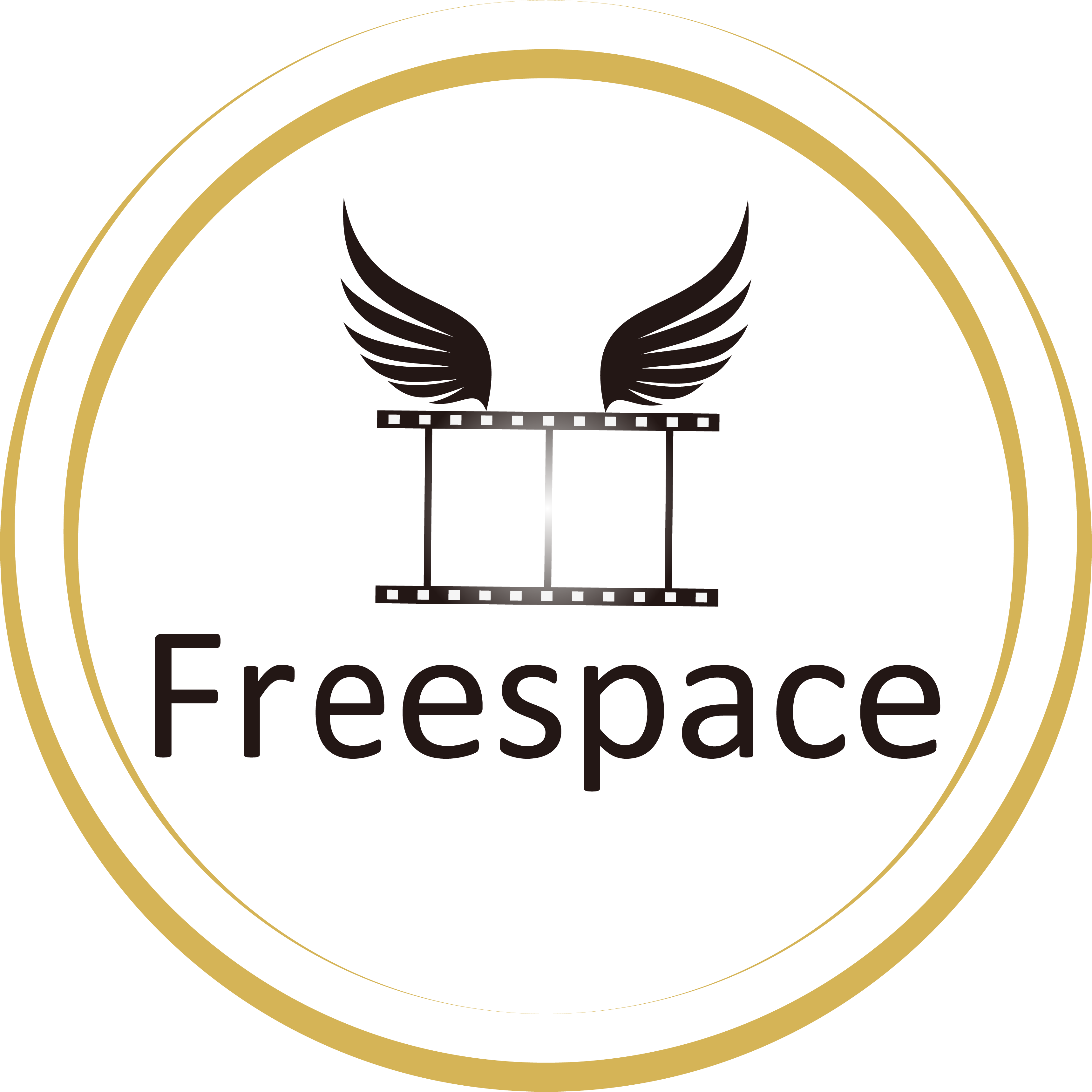
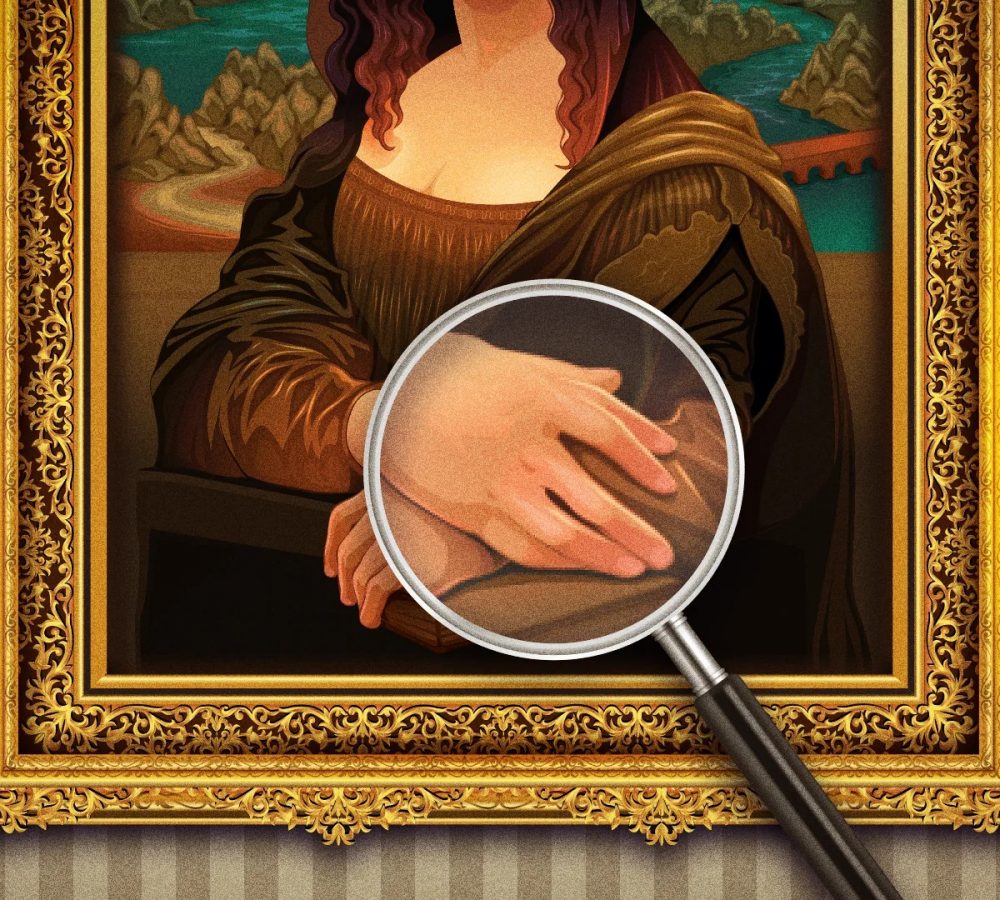
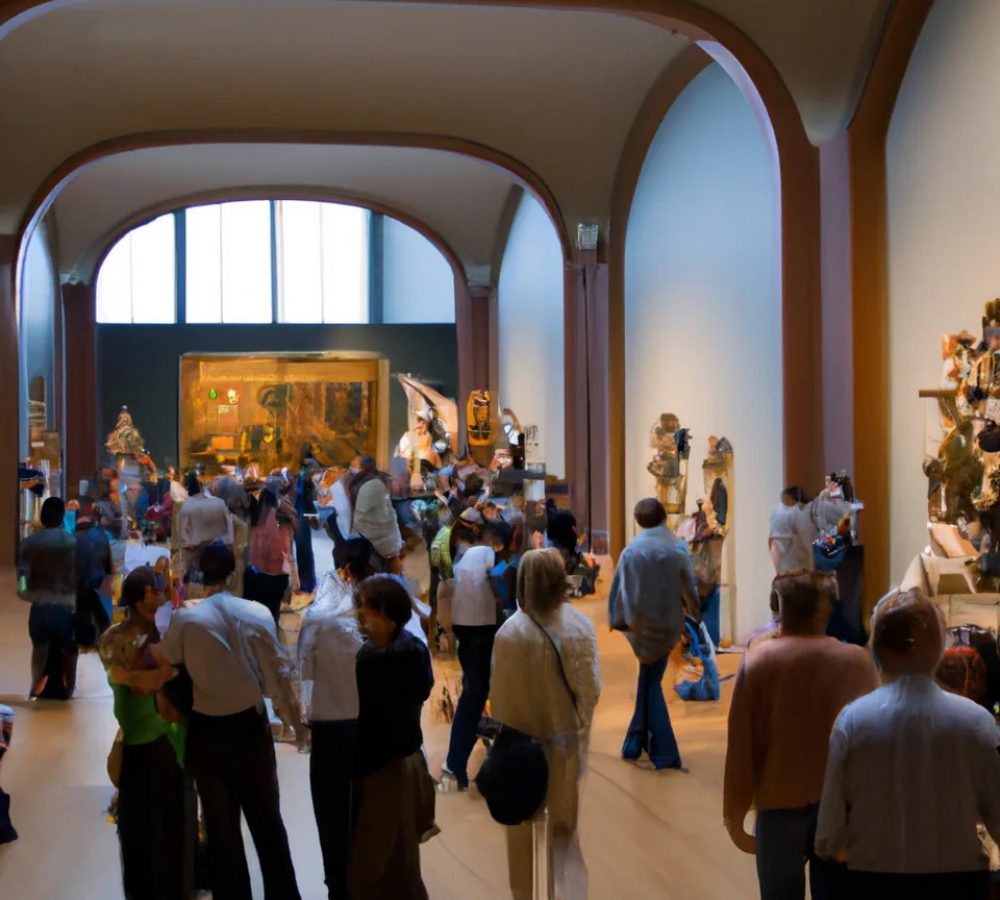
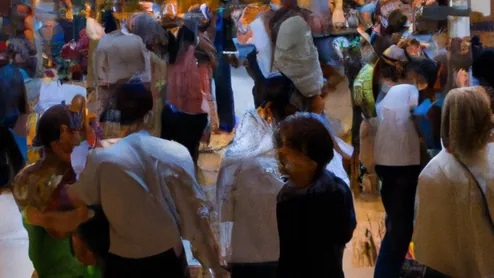


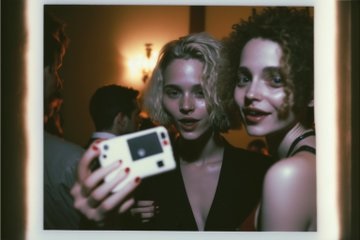

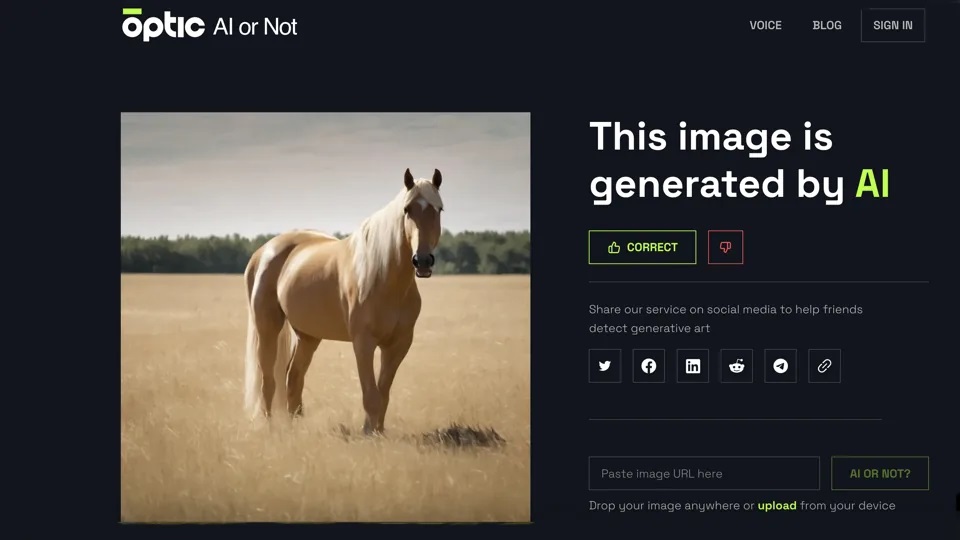


Deprecated: File Theme without comments.php is deprecated since version 3.0.0 with no alternative available. Please include a comments.php template in your theme. in /hermes/bosnacweb07/bosnacweb07ay/b1146/dom.freespace4media53329/wp_site_1676401832/wp-includes/functions.php on line 6114